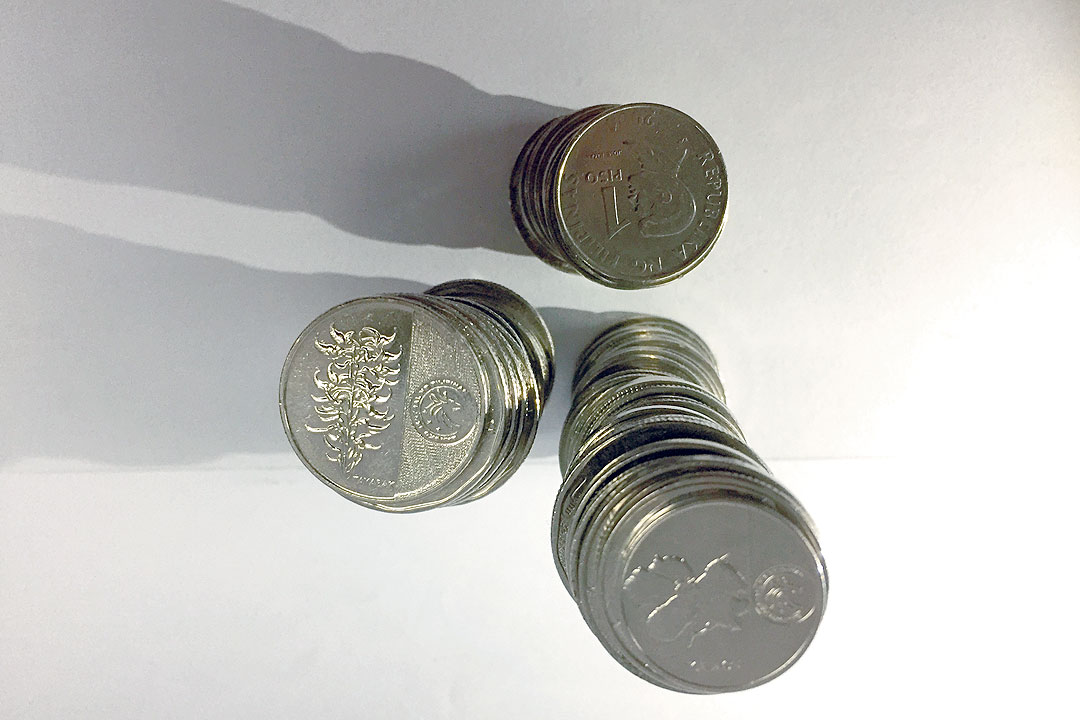
THE PESO inched up on Monday as the dollar slid after the Chinese commerce ministry said it would “take forceful measures” following US President Donald J. Trump’s claim that Beijing violated the agreements they reached in Geneva.
The local unit closed at P55.70 per dollar, strengthening by 4.5 centavos from its P55.745 finish on Friday, Bankers Association of the Philippines data showed.
The peso opened Monday’s session weaker at P55.85 against the dollar. Its worst showing was at P55.87, while its intraday best was at P55.68 versus the greenback.
Dollars exchanged dropped to $1.38 billion on Monday from $1.88 billion on Friday.
“The dollar-peso… initially opened higher at P55.85 and touched a high of P55.87. It fell to P55.68 on escalating trade tensions between US and China over trade tariffs. It looks like the deal won’t push through, which led to risk-off sentiment away from the dollar,” a trader said in a phone interview.
The dollar was also weaker on Monday after the US personal consumption expenditures index for April came out slower than expected, Rizal Commercial Banking Corp. Chief Economist Michael L. Ricafort said in a Viber message.
For Tuesday, the trader expects the peso to move between P55.50 and P55.90 per dollar, while Mr. Ricafort sees it ranging from P55.60 to P55.80.
The US dollar fell against other major currencies on Monday, giving up some of the previous week’s gains, as markets weighed the outlook for Mr. Trump’s tariff policy and its potential to constrict growth and unleash inflation, Reuters reported.
The greenback started the week on the back foot after Mr. Trump said on Friday that he planned to double duties on imported steel and aluminum to 50% from Wednesday, and as Beijing hit back against accusations it violated an agreement on critical minerals shipments.
The dollar dropped 0.8% to 142.85 yen as of 0821 GMT, giving back some of its more than 1% rally from last week.
A broader index, which measures the greenback against six major peers, eased 0.6% and at 98.751 and was just shy of its April 22 low. — Aaron Michael C. Sy with Reuters